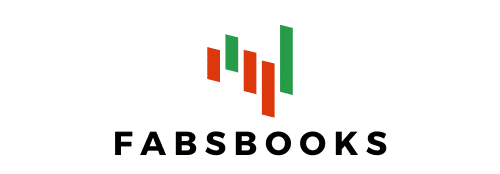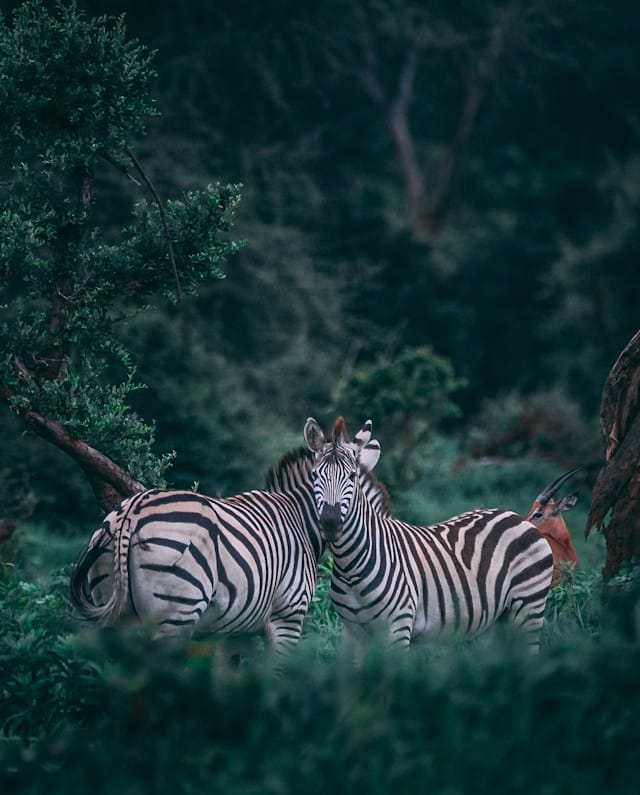As you consider the vast and diverse range of wildlife species on our planet, each one unique and vital to the intricate balance of our ecosystems, the urgency of protecting these endangered species becomes starkly apparent. From towering elephants to minuscule insects, all have a role to play in maintaining the delicate balance of biodiversity. However, increasing threats from habitat loss due to climate change, human encroachment, and illegal hunting are pushing many species towards extinction.
Community-led conservation efforts may be the key to reversing this alarming trend. By engaging local people in the fight to preserve their native species, we can ensure more effective and sustainable efforts towards protecting our planet’s rich biodiversity.
A lire en complément : Chalet real estate, a profitable and sustainable investment
The Global Significance of Local Wildlife Conservation
Often, the significance of local wildlife conservation is overlooked in global discussions around biodiversity and sustainable development. However, what happens at the local level fundamentally shapes the global picture.
Local wildlife species are an integral part of their respective ecosystems. They help maintain the health and functionality of their habitats, contributing to broader biodiversity. When species are lost, these ecosystems can become unstable and may collapse over time.
Sujet a lire : How do eco-friendly building materials impact construction costs and durability?
Communities living closest to these habitats have a direct impact on their well-being. Their daily activities can either contribute to the degradation or the preservation of these ecosystems. Hence, their participation is crucial to ensuring the survival of local wildlife species.
How Communities Can Help Protect Endangered Wildlife
Community-led conservation is a powerful tool in the fight against wildlife extinction. By involving people who live in and around threatened habitats, we can make a tangible difference in the lives of endangered species.
Communities can be involved in various ways, from implementing sustainable farming practices to actively patrolling and protecting local habitats from illegal activities. They can also play a role in education, raising awareness about the importance of wildlife conservation both within their communities and beyond.
In addition, local communities are often a repository of traditional knowledge and practices that can be applied to conservation efforts. These indigenous methods can provide invaluable insights into how to live in harmony with nature and protect animal species from extinction.
The Success Stories of Community-led Conservation
It is inspiring to see the tangible impact of community-led conservation efforts. Across the world, there are numerous examples of communities coming together to save their local wildlife from the brink of extinction.
For instance, the Dgb Community in Nepal has been instrumental in the conservation of the Bengal tigers, a species once severely threatened. The Dgb Community took charge of anti-poaching patrols, community-based tourism initiatives, and awareness campaigns, contributing to a substantial increase in the tiger population in their local area.
These success stories demonstrate how community-led conservation can make a significant difference in protecting endangered species and preserving biodiversity.
The Role of Supportive Frameworks in Community-led Conservation
For community-led conservation efforts to be successful, they must be supported by robust legal, political, and financial frameworks. The obstacles to conservation are diverse and often entrenched, necessitating a comprehensive approach.
Governments, NGOs, and international bodies must collaborate to provide communities with the resources, training, and support they need to undertake effective conservation actions. Policies that recognize and respect the rights of indigenous peoples and local communities to manage their natural resources are key.
Furthermore, financial support for community-led conservation is vital. Funds are needed for training, equipment, monitoring and evaluation, and other activities necessary to safeguard wildlife species.
A Shared Responsibility for a Sustainable Future
Protecting endangered species is a shared responsibility. It requires the active participation of everyone – from local communities to global organizations. By leveraging the power of community-led conservation, we can help ensure a sustainable future for both people and wildlife.
Though the challenges are immense, the potential for positive change is equally great. Ultimately, the survival of our planet’s wildlife is entwined with our own fate. As we work together to protect them, we are also protecting our future on this planet.
In conclusion, remember that your actions matter. Together, we can create a world where wildlife thrives and biodiversity flourishes for generations to come.
Empowering Local Communities: A Path to Wildlife Conservation
The power of local communities in conserving wildlife cannot be overstated. These communities are the backbone of the environment, interacting closely with the local ecosystems. Their actions hold the ability to either contribute significantly to the preservation of endangered species or accelerate their path towards extinction.
Community-led conservation enables these individuals to become active participants in wildlife conservation efforts. By fostering awareness and understanding of the importance of their native species, we can inspire them to take action. These actions could span from ensuring sustainable farming techniques that do not harm the local habitat, to setting up patrolling units to guard against illegal hunting activities.
In addition to this, local communities are steeped in traditional knowledge of the environment and its inhabitants. This indigenous wisdom can be harnessed to devise conservation strategies that are in sync with the natural habits of the endangered species, thus providing a harmonious solution to the issue at hand.
In the face of climate change and growing habitat loss, empowering local communities to take action is a crucial step in protecting our planet’s biodiversity.
Green Bonds and Community-led Conservation
The utilization of green bonds has emerged as an innovative financial mechanism to support local conservation efforts. Green bonds are fixed-income securities that raise capital for projects with environmental benefits, such as conservation initiatives.
These green bonds could be used to support community-led projects aimed at protecting endangered or threatened species, or restoring damaged habitats. Local communities could use the funds raised through these bonds to invest in training, equipment, and other resources necessary for conservation work.
The Dgb Group, for instance, has used green bonds to finance a range of conservation projects, showing how these financial instruments could be leveraged to support local communities in their fight against extinction.
However, for green bonds to be truly effective in supporting community-led conservation, they need to be part of a broader framework that includes supportive policies and regulations. Governments, NGOs, and international bodies must work together to create an environment that enables local communities to make the most of these financial resources.
A Call to Action: Protecting Endangered Wildlife is Our Shared Responsibility
As we witness the alarming rate of wildlife extinction, it becomes abundantly clear that every one of us has an important role to play in protecting endangered species. From local communities living in close proximity with wildlife, to global organizations that can influence policy and provide financial resources – we all share a responsibility towards our planet and its inhabitants.
The footprint calculator is a powerful tool that can help individuals understand their ecological footprint and take action to reduce it. By understanding how our lifestyle choices impact the environment, we can make more sustainable decisions. Similarly, the journey net and the triple bottom group carbon calculators are other valuable tools that can guide us towards a lower carbon lifestyle.
In conclusion, protecting endangered and threatened wildlife is a shared responsibility that requires the active participation of all. Local communities hold a key role in this fight. Empowered by supportive frameworks and innovative financial mechanisms like green bonds, they can help turn the tide against extinction. Your actions matter. Together, we can ensure a sustainable future where wildlife thrives and biodiversity flourishes. Let us all strive towards reducing our ecological footprint, for our survival is intricately linked with the survival of our planet’s wildlife.






